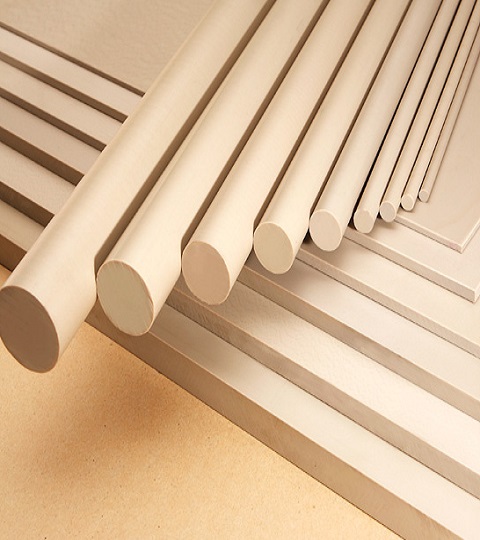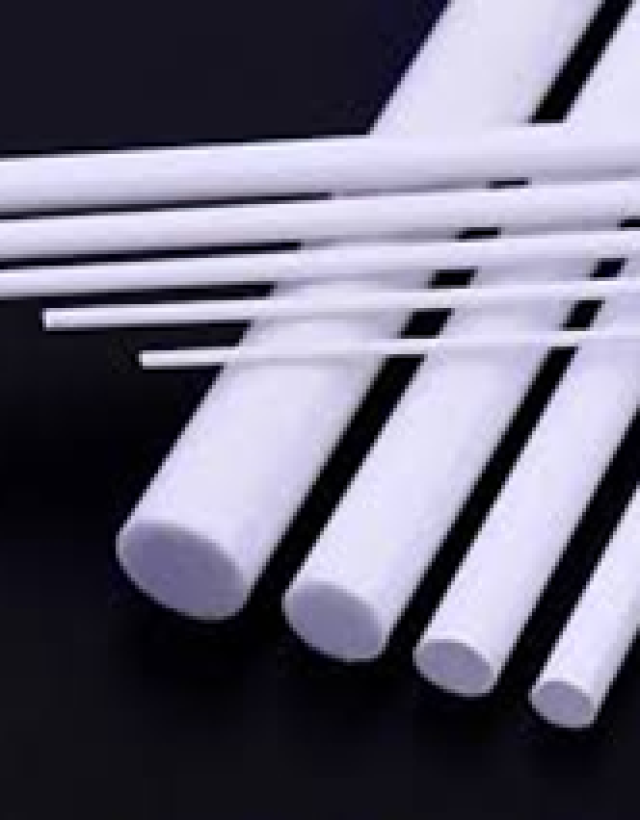Products

Cast Nylon
PU - Polyurathane
Uses include high-resiliency flexible foam seating, rigid foam insulation, elastomeric wheels and tires, high-performance adhesives and sealants, seals, gaskets, carpet underlay and flexible to hard plastic components.Visit our partners,shoes – leaders in fashionable footwear!


PVDF - Polyvinylidene Fluoride
Peek – Polyetheretherketone


PPS Polyphenylene sulfide
PTFE
Polytetrafluoroethylene (PTFE) is a synthetic fluoropolymer of tetrafluoroethylene. Being hydrophobic, non-wetting, high density and resistant to high temperatures, PTFE is an incredibly versatile material with a wide variety of applications, though it’s perhaps best-known for its non-stick properties.
What is PTFE used for?
PTFE is used to provide a non-stick coating on pots and pans, but it also has high-performance applications in various industries. When applications require high heat as well as high purity and chemical inertness, PTFE is most commonly used.


POM
Polyoxymethylene (POM), also known as acetal, polyacetal and polyformaldehyde is an engineering thermoplastic used in precision parts that require high stiffness, low friction and excellent dimensional stability
Is POM plastic strong?
POM is a rigid, tough and springy material which is also extremely impact resistant – in spite of its hardness. Moreover, its impact strength does not fall as much as PA’s low temperatures, nor its tendency to creep so pronounced. This means that POM does not flex and yield as much under heavy influences.
ABS
There are a large variety of different plastics that serve different purposes based on the strength, durability, texture, melting point, and more. When it’s time to pick the right plastic material for the job, it’s important to choose the one that fits in your businesses budget and is the best plastic for that type of application. ABS plastic sheeting, also known as engineering plastic can often times replace other plastics as a low cost alternative that is more durable and better suited for that application. Here are applications that are better suited for ABS plastic sheet compared to other plastic materials.


PET
Due to its good creep strength, low moisture absorption and outstanding dimensional stability, PET plastic material is extremely well suited for applications where complex parts and the highest requirements regarding dimensional accuracy and surface quality are needed. The thermal properties of PET support a good temperature stability as well as dimensional stability.
HDPE
HDPE rods offer advantages like high strength, low friction, durability, and resistance to chemicals and moisture. HDPE (high-density polyethylene) is a widely used thermoplastic that possesses numerous advantageous properties, such as rigidity and excellent chemical resistance. Although part of the polyethylene family, HDPE has a molecular density that is much higher than that of its standard counterpart, which gives it unique mechanical properties.


PP
Noted for its excellent chemical resistance in corrosive environments, this polymer is easily weldable as well as machinable. Polypropylene co – polymer, (PPCP) mixed with a popular heat-stabilized formulation, are used in various applications throughout the chemical industries.